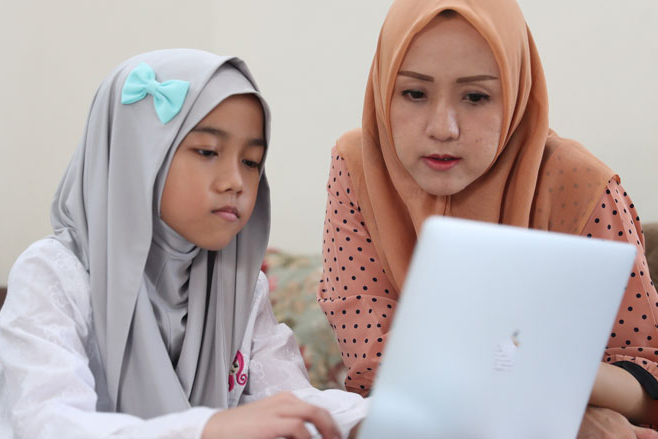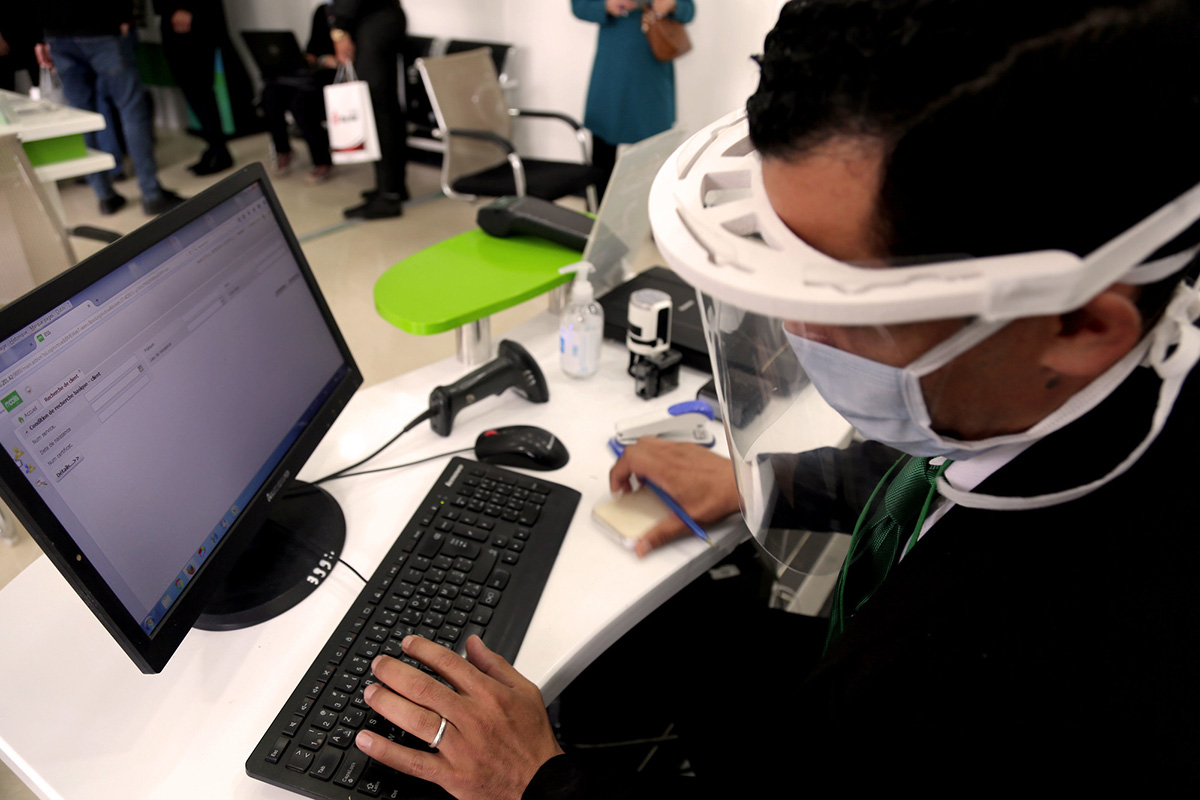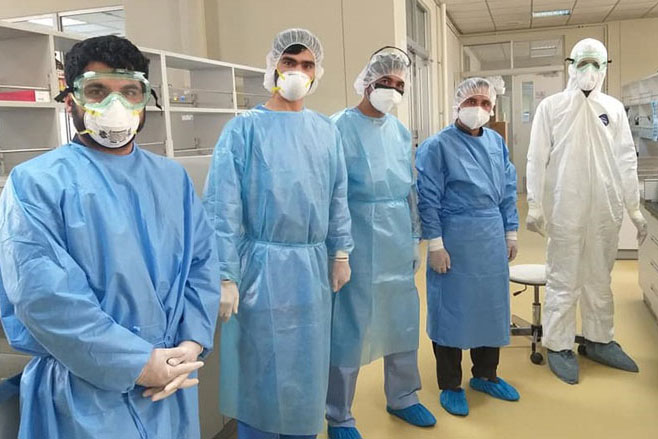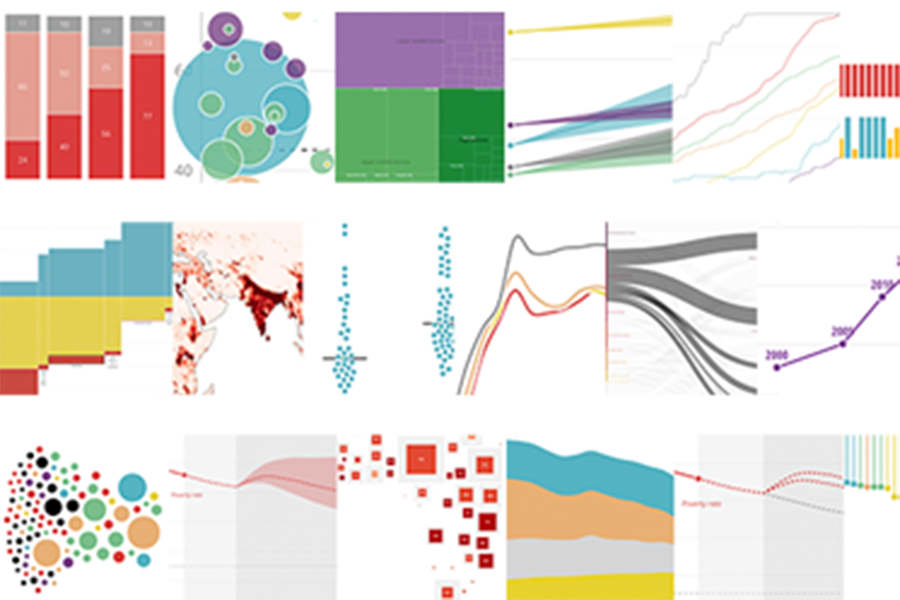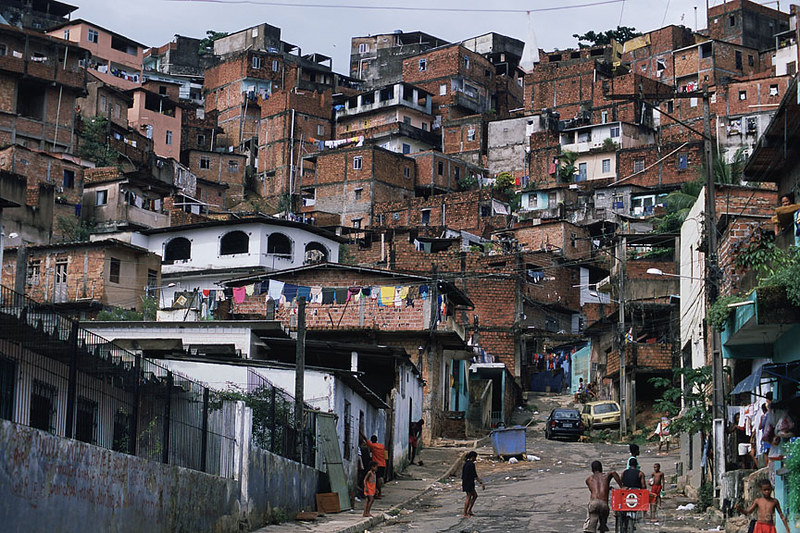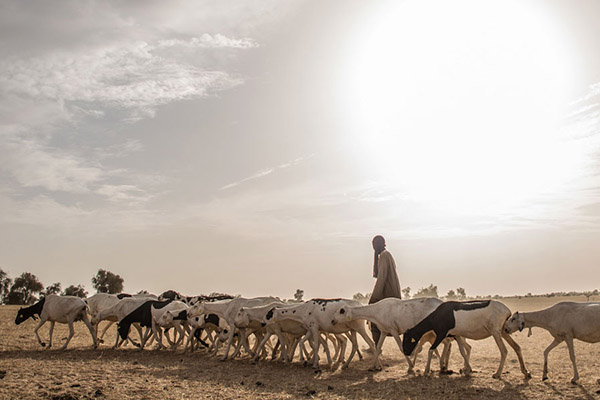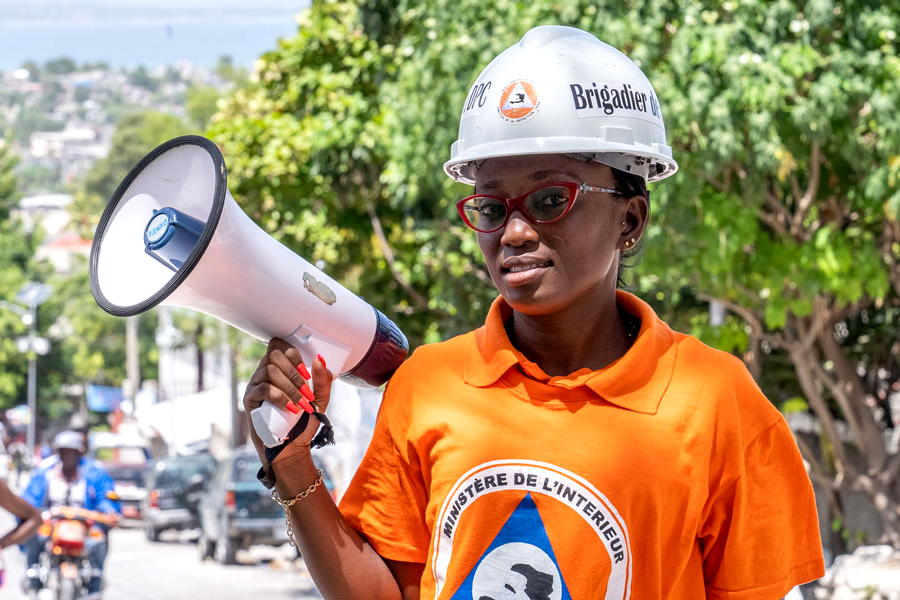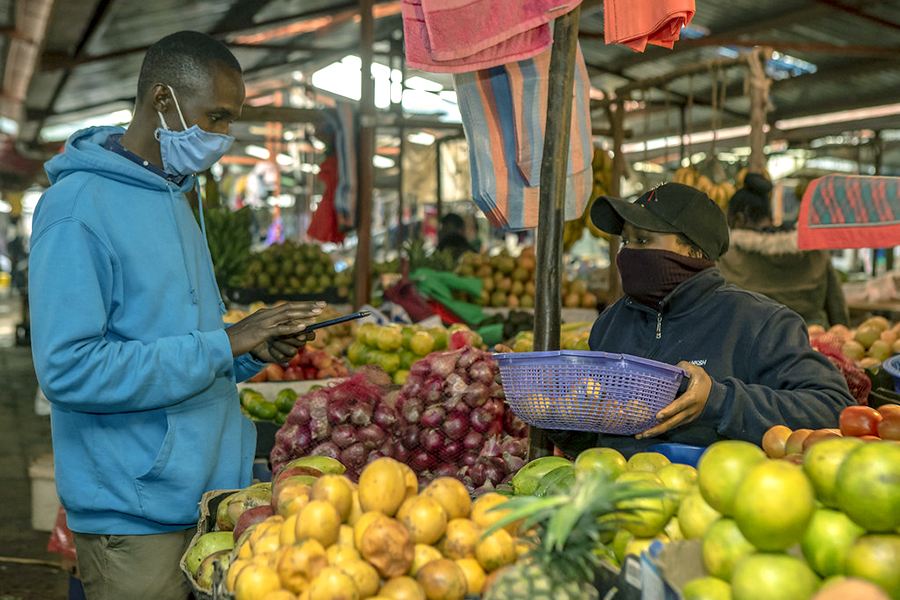COVID-19 is wreaking havoc on the lives of young children, students, and youth. Even before COVID-19 hit, the world was experiencing a learning crisis. 258 million children of primary- and secondary-school age were out of school. The COVID-19 pandemic has exacerbated the learning crisis, and the impact on the human capital of this generation of learners is likely to be long-lasting. And the unique nature of the pandemic places parents as first-line responders for children’s survival, care, and learning. This places a burden on all families, especially the most vulnerable. The World Bank is supporting COVID-19 response investments in 62 countries, covering the entire cycle from early childhood to higher education.
World Bank
Although global economic output is recovering from its COVID-19 collapse, the World Bank Global Economic Prospects shows it will remain below pre-pandemic trends for a prolonged period.
As the COVID-19 pandemic continues to impact our lives, the World Bank provides an overview in 12 charts and graphics, of its research in the face of a truly unprecedented crisis.
The World Bank is providing US$12 billion to help low-and middle-income countries get ready to deploy vaccines, including expanding storage, building cold chains, developing data and tracking systems, training health workers, and building trust in immunizations through citizen and community engag
The World Bank Group has mounted the fastest and largest health crisis response in its history to save lives from COVID-19. The first operations focused on strengthening health systems to tackle the immediate challenges of COVID-19. In countries ranging from Afghanistan and Haiti to India, Mongolia, and Tajikistan, World Bank financing brought more medical staff onboard and ensured that they were well trained and equipped to deliver emergency care. It also helped ensure that public outreach messages to citizens on prevention and protection were quickly disseminated.
This year’s World Bank publication guides readers through the 17 Sustainable Development Goals (SDGs) using interactive storytelling and innovative data visualizations.
Like water, data can shape the world. World Bank Water data aggregates thousands of datasets across organizations and countries to help decision makers develop policies based on solid evidence as well as help researchers better understand needs to formulate solutions.
The Trade Facilitation West Africa programme managed by the World Bank focuses on reducing trade barriers for small-scale cross-border traders in West Africa.
For almost 25 years, extreme poverty was steadily declining. Now, for the first time in a generation, it is increasing. This setback is largely due to major challenges — COVID-19, conflict, and climate change — facing all countries. The increase in extreme poverty from 2019 to 2020 is projected to be larger than any time since the World Bank started tracking poverty globally in a consistent manner. A new World Bank report — Poverty and Shared Prosperity 2020: Reversals of Fortune — sheds light on the threats to poverty reduction and provides recommendations to navigate this tough terrain.
As the COVID-19 pandemic and economic crisis continues to spread, the amount of money migrant workers send home is projected to decline 14 percent by 2021 compared to the pre COVID-19 levels in 2019, according to the latest estimates published in the World Bank’s Migration and Development Brief. The foremost factors driving the decline in remittances include weak economic growth and employment levels in migrant-hosting countries, weak oil prices; and depreciation of the currencies of remittance-source countries against the US dollar.
For almost 25 years, extreme poverty was steadily declining. Now, for the first time in a generation, the quest to end poverty has suffered its worst setback due to COVID 19, conflict, and climate change. Communities, countries and continents are facing these daunting challenges. A new World Bank report — Poverty and Shared Prosperity 2020: Reversals of Fortune — sheds new light on the threats to poverty reduction and provides recommendations to navigate this tough terrain.
World Bank: 2020 has brought an unprecedented challenge to the fight against poverty.
A family of livestock herders seasonally move their herds from one place to another, along with some 800,000 herders in Senegal and millions of others throughout the Sahel. It is a months-long journey that pastoralist populations often take with several families. In recent years long periods of drought, growing insecurity in some countries of the Sahel and restrictions on the movements of herds and herders have seriously disrupted traditional herd management methods. A World Bank- supported project aims to protect pastoral systems by improving resource management and animal health, facilitating access to markets, diversifying sources of income for pastoral households and managing conflicts.
Just after the world came together for the landmark Paris Agreement on climate change, the Bank Group unveiled an ambitious Climate Change Action Plan to ramp up financial and technical support to developing countries to step up climate action. The World Bank Group committed to increasing climate finance from 20% of lending in 2016 to 28% by 2020. This target was exceeded each year for the last three consecutive years. In total, over the duration of the Action Plan, the Bank Group has delivered over $83 billion in climate finance.
One of the most striking images of the coronavirus pandemic is the contrast between farmers dumping milk, smashing eggs, and ploughing vegetables back into the soil and consumers facing empty store shelves and long lines at food distribution centres. How is it possible to have over-abundance on one hand and scarcity on the other? The World Bank argues that the digital revolution can accelerate the shift towards a more sustainable food future by collecting, using, and analysing machine-readable data.

